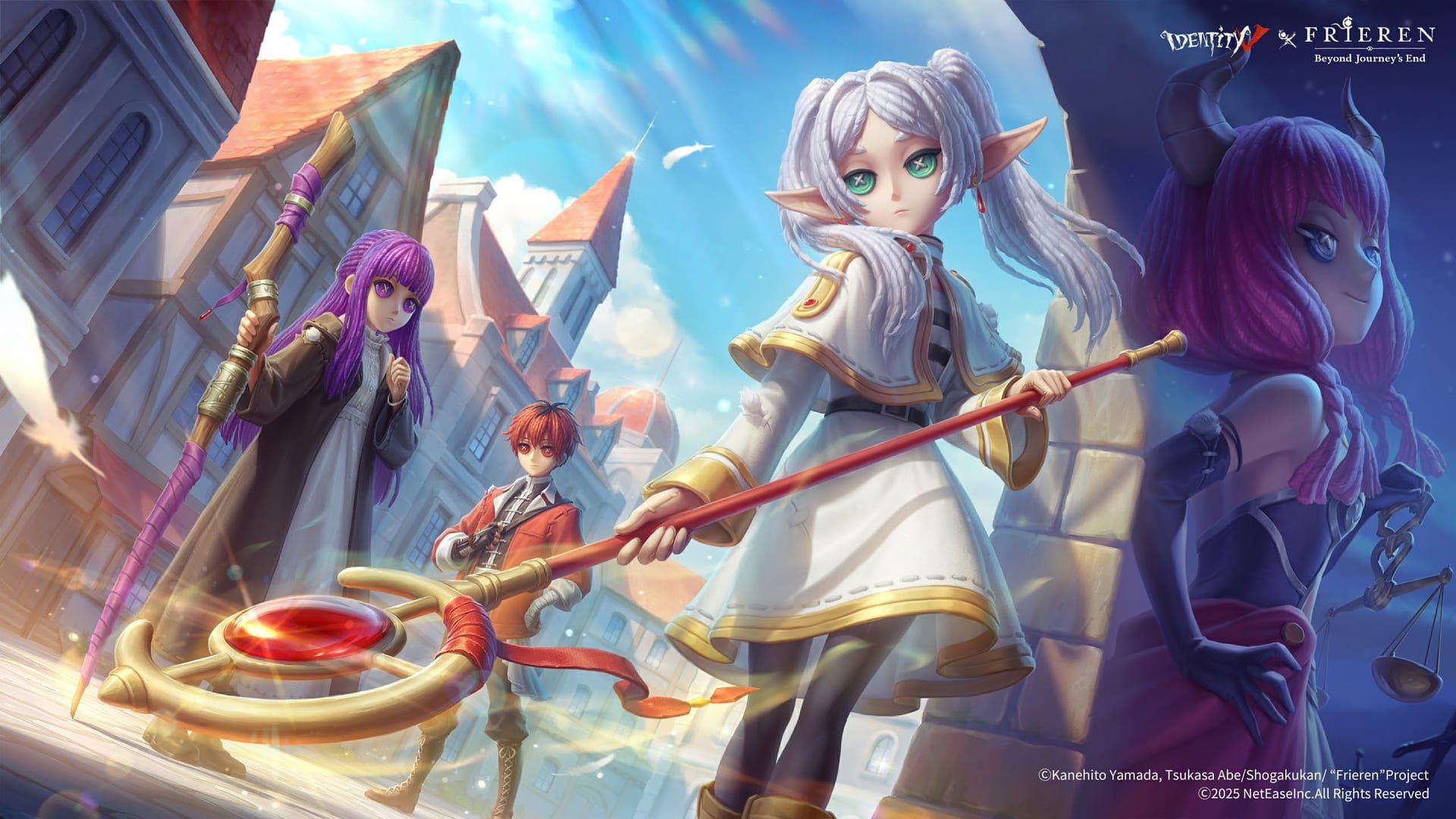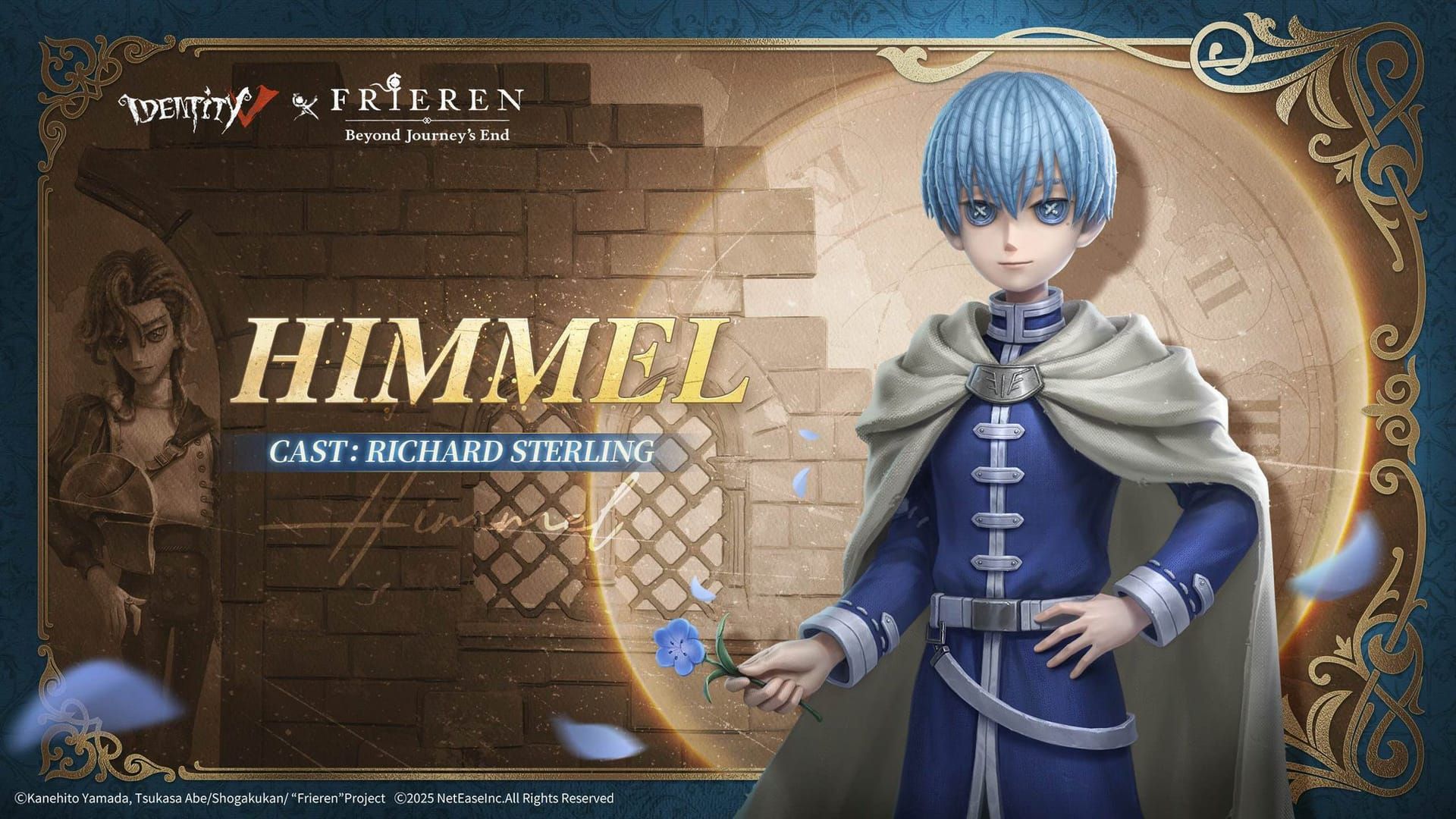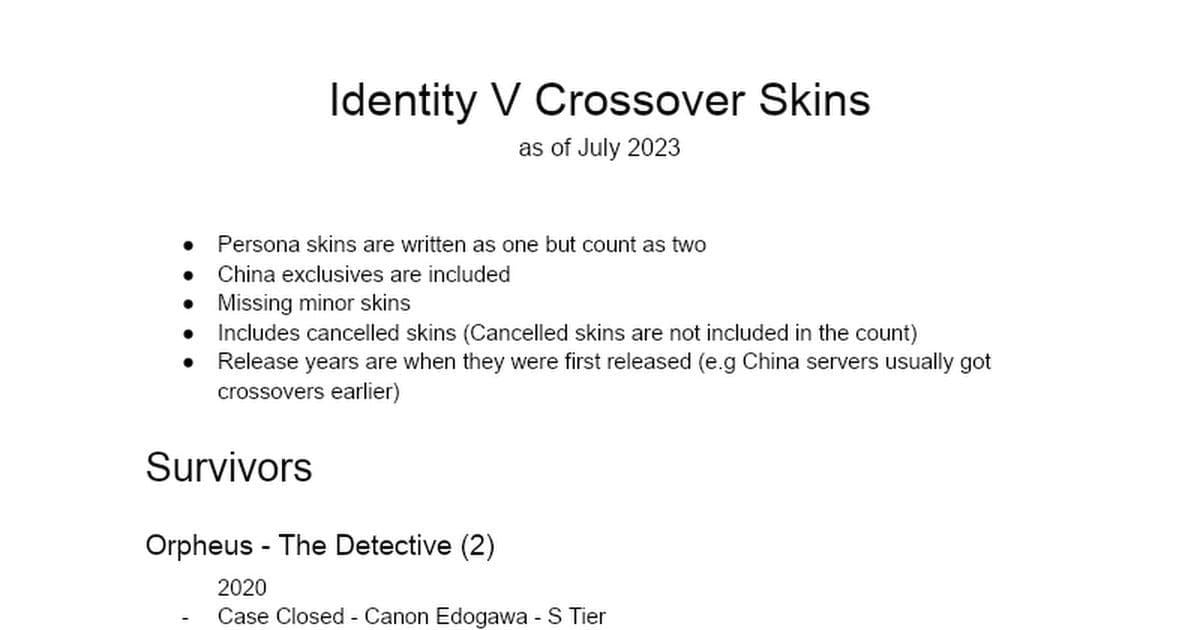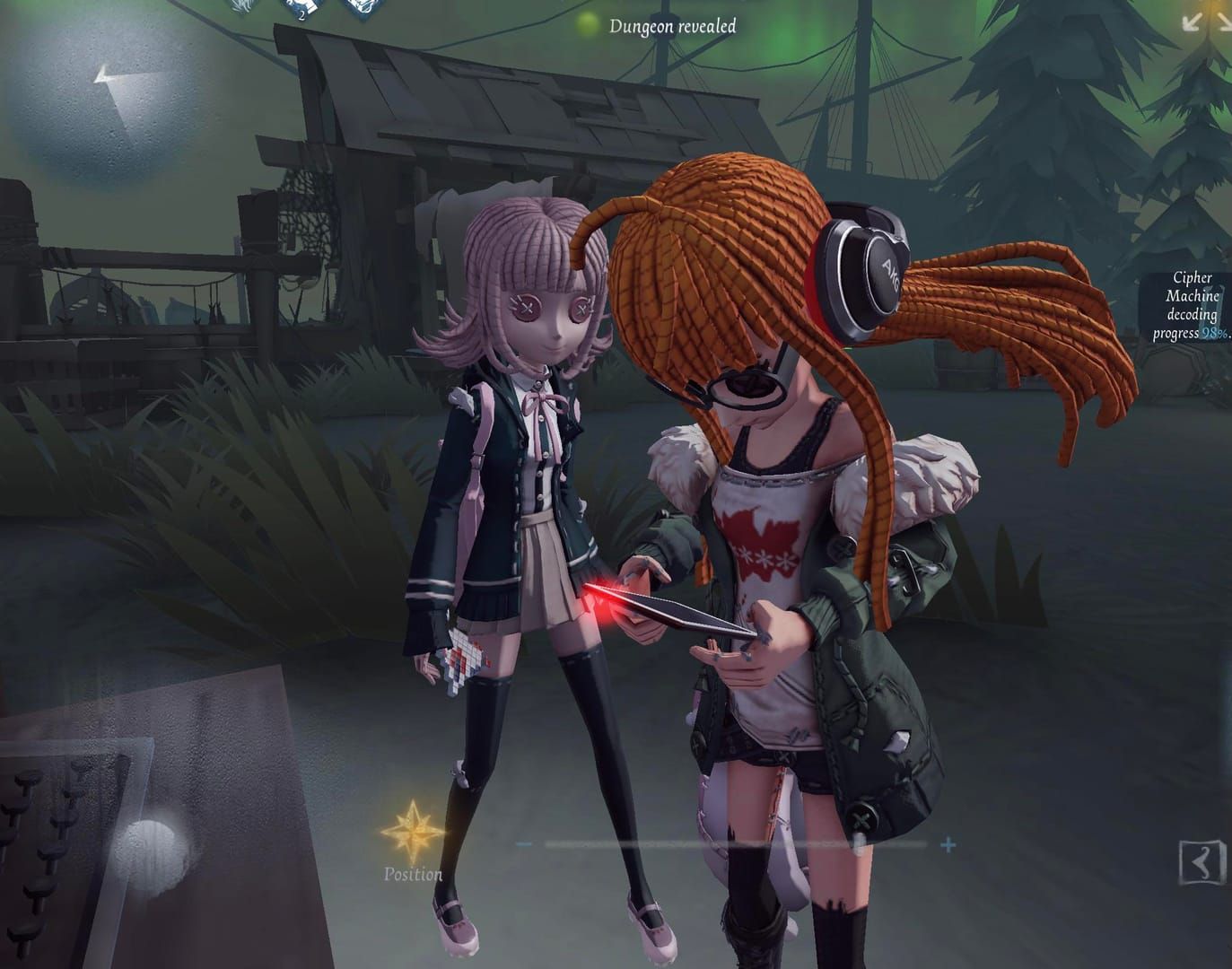What Actually Happened During This Crossover
Let me break down how NetEase structured this thing, because honestly? It"s a masterclass in event design.
They rolled out a five-tier system that hit every spending bracket imaginable. At the top, you had S-Tier Himmel (Knight) sitting pretty at 2,688 Echoes—straight purchase, no gambling required. Smart move. Then there"s S-Tier Frieren (Meteorologist) locked behind Season 38 Essence 2 gacha mechanics, which… well, we all know how that goes.

The real genius was in the middle tier. Three A-Tier costumes—Fern as Psychologist, Stark as Patient, and Aura as Priestess—with anti-duplicate systems that actually respected players" wallets. Plus a completely free A-Tier Sein (Explorer) through daily missions. Finally, someone who gets that not everyone wants to mortgage their house for anime skins.

But here"s where it gets interesting: the “Unknown Adventure” map wasn"t just cosmetic fluff. It delivered actual narrative content while “Decipher Grimoire” upgrades created this ongoing monetization loop that extended way beyond just buying costumes.
The daily engagement hooks were everywhere. Login rewards, Magic Fragment collection that required actual match participation, social sharing mechanics dropping 10 free essences. They basically made it impossible to ignore the event without making it feel predatory.
The Numbers Don"t Lie (And They"re Pretty Wild)
I"ve been tracking crossover performance for years now, and these patterns are fascinating.
Historical data shows us some crazy revenue spikes—Persona 5 jumped from a $3,000 baseline to $49,000. Danganronpa? Even better, hitting $65,000 from a $9,000 baseline on US iOS alone. That"s the kind of multiplication that makes executives very, very happy.

What"s really smart about the Frieren event was how “Frieren"s Manor Tour” sustained engagement patterns instead of creating those typical single-day participation spikes. You know what I mean—those events where everyone logs in once, grabs their stuff, then disappears for three weeks.
Session duration changes tell the real story here. The “Learning Magic” mini-game system and that narrative-driven map exploration? They extended average session times well beyond standard match completion. More importantly, Magic Fragment progression was baked into regular gameplay. No weird separation between event participation and core game loops—which, let"s be honest, usually kills engagement for competitive players.
Follow the Money (Because Everyone Else Is)
The monetization strategy here was genuinely sophisticated.
Echo pricing hits every psychological sweet spot: micro-transactions at $0.99 for 60 Echoes, whale territory at $99.99 for 6,590 Echoes, and that perfect mid-tier trap with the 2,688 Echo Himmel package. But the real kicker? Grimoire upgrade monetization created sustained spending throughout the entire month instead of front-loading everything into week one.
Regional performance variations are where this gets really interesting. Japanese markets absolutely devour anime crossovers—cultural familiarity translates directly to revenue. US markets are “steadily gaining” acceptance (their words, not mine) with that 4.7/5 App Store rating from 126,000+ reviews backing up the claim. Chinese markets benefit from NetEase"s home field advantage, while Southeast Asian markets show growing engagement despite… well, economic realities.
Community Response Was Actually Genuine
This is where I get a bit subjective, but bear with me.
Discord and Reddit activity during crossovers usually follows predictable patterns—acquisition showcases, strategy discussions, the usual guide creation frenzy. But the Frieren event generated something different: actual organic creativity.
Fan art exploded because of this aesthetic contrast between Frieren"s high fantasy themes and Identity V"s gothic horror atmosphere. That"s not manufactured engagement—that"s genuine community investment. Content creators picked up on it too, driving coverage that felt authentic rather than sponsored.
Tutorial completion rates spiked as anime fans explored Identity V specifically for crossover content. The “Unknown Adventure” map showed strong participation in narrative-driven experiences, while costume adoption rates went through the roof as players immediately started showcasing their acquisitions. Even furniture integration demonstrated community investment in complete crossover aesthetics.
How This Stacks Against Previous Events
Danganronpa still holds the crown for theme compatibility (mystery/horror just works), hitting that impressive 7x revenue multiplier. Persona 5"s 16x multiplier set the premium collaboration standard that everyone"s chasing now.

But here"s the pattern I"ve noticed: successful events follow this consistent template. One S-Tier direct purchase, one S-Tier gacha costume, multiple A-Tier options, one free A-Tier reward, bonus essence distributions, and dedicated narrative content. It"s formulaic, sure, but it works.
Community reception and execution quality matter way more than raw numbers suggest. Long-term satisfaction extends far beyond acquisition metrics—and that"s where Identity V consistently delivers.
What Happens After the Hype Dies Down?
Here"s something most coverage misses: post-event activity patterns.
New players acquired during collaborations show significantly higher retention rates when crossover content provides genuinely positive initial experiences. Exclusive content creates ongoing engagement through social display value (never underestimate showing off in lobbies) while generating anticipation for future collaborations.
Returning player statistics absolutely spike during major events as FOMO mechanics re-engage lapsed users. It"s calculated, but it"s also effective.
Crossover events function as primary acquisition channels because anime IP recognition reduces those initial adoption barriers. Free content accessibility ensures meaningful participation without immediate investment, while account progression preservation reduces re-engagement barriers for returning players.
Where This Industry Is Heading
Mobile gaming"s anime IP investment trend positions Identity V perfectly for premium partnerships. We"re seeing cross-platform integration and multimedia tie-ins becoming standard—emerging opportunities for enhanced crossover experiences with serious global market expansion potential.
Future optimization should prioritize IP selection based on cultural relevance, aesthetic compatibility, and audience overlap. Enhanced social features and progressive upgrade systems maximize revenue potential while maintaining player satisfaction. Extended engagement windows consistently outperform front-loaded spending concentrations.
Quick Answers to Common Questions
How long do these crossover events actually last? One month is the standard (Frieren ran August 7 - September 7), matching previous major collaborations. It balances urgency with accessibility for both casual and dedicated players.
Why are crossovers so financially successful? Those 10-20x revenue multipliers come from limited-time exclusivity, diverse spending tiers, IP recognition attracting new players, and multiple monetization touchpoints. It"s not just gacha—it"s comprehensive event design.
How do events affect player acquisition? Crossovers serve as primary acquisition channels using anime IP recognition to reduce barriers. Free content ensures meaningful participation while premium options provide clear progression paths.
What actually determines crossover success? IP aesthetic alignment, comprehensive character representation, and execution quality. Danganronpa"s superior performance over Persona 5 demonstrates how mystery/horror theme compatibility matters. Community feedback consistently indicates that design quality and source material respect impact long-term satisfaction more than raw revenue numbers.
Ready to prepare for the next Identity V crossover? Check out BitTopup"s Identity V Echoes page for the premium currency you"ll need for upcoming collaboration packages and limited-time content. Trust me—you don"t want to miss the next one.

















